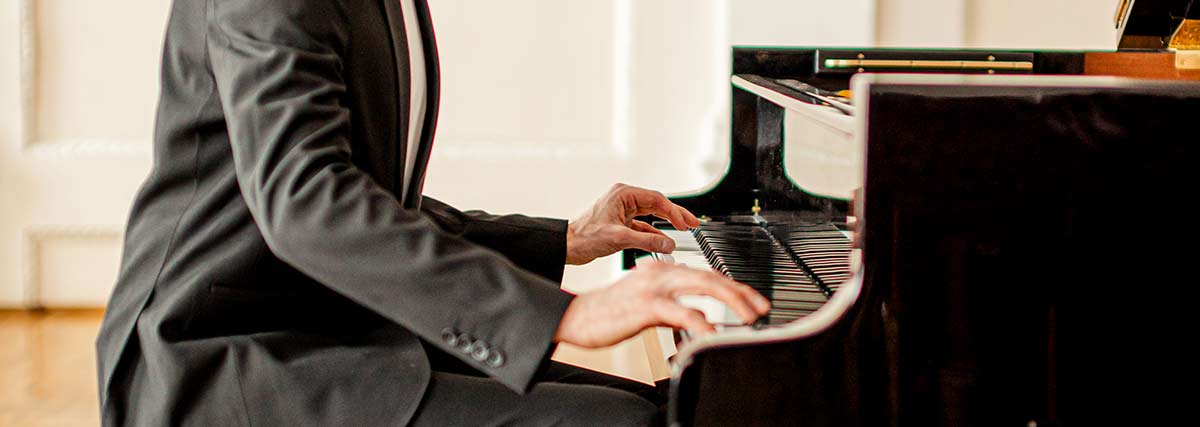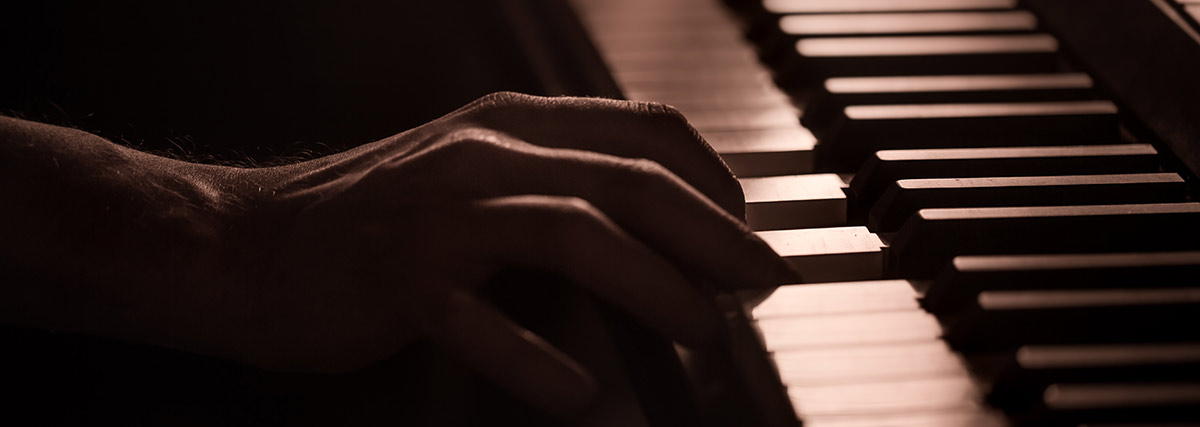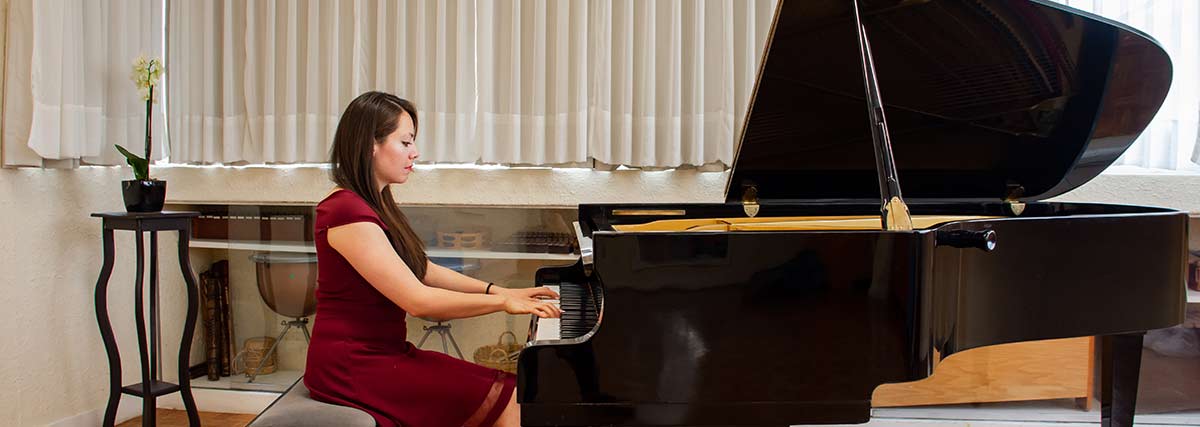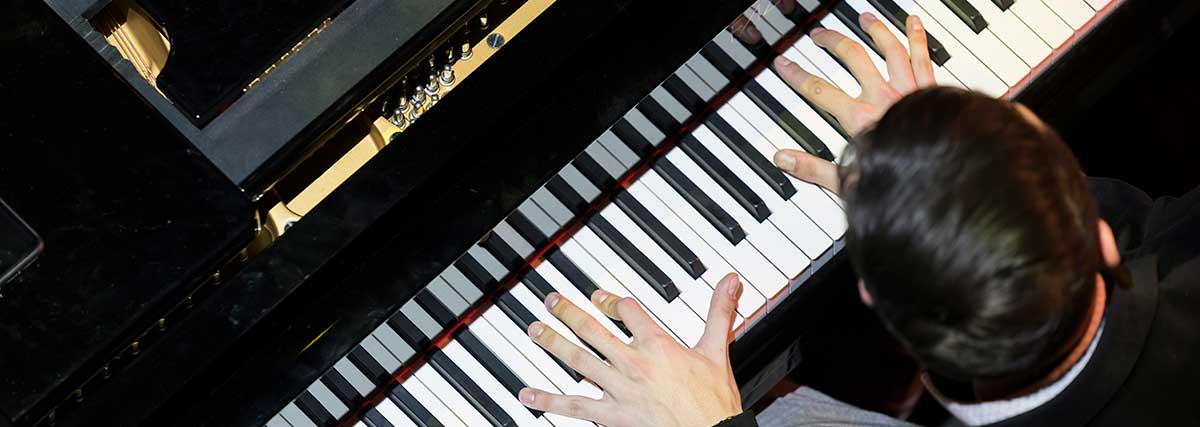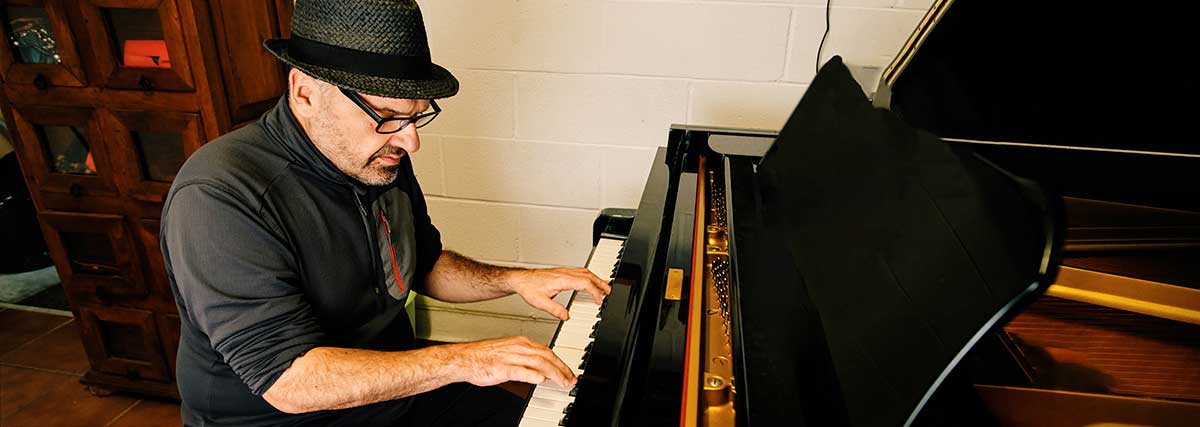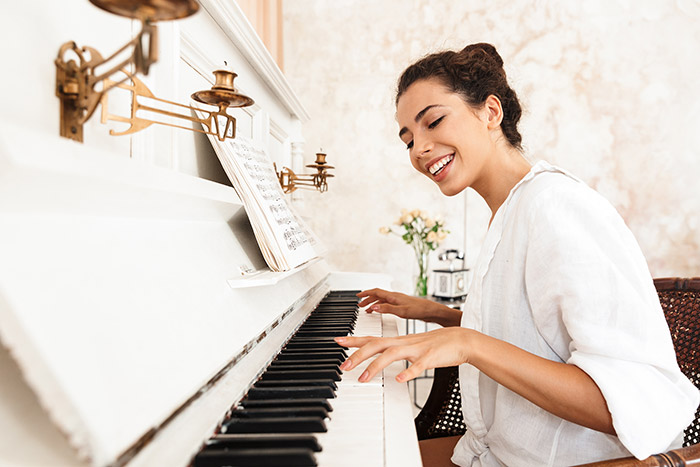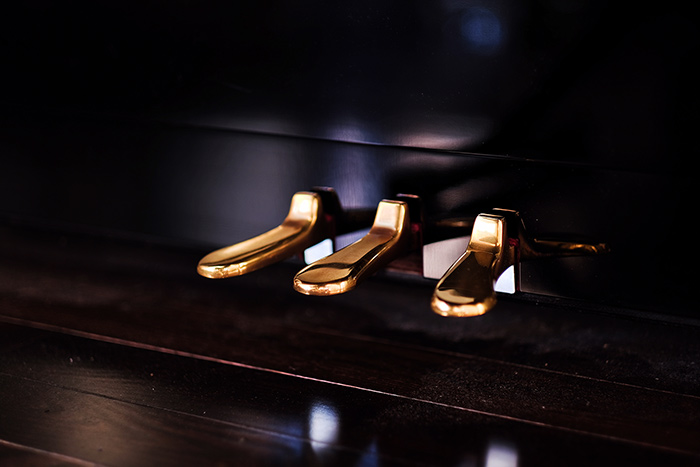Arpeggio is a group of notes such as chords broken into a succession played in an ascending or descending order. It is also known as the “broken chord”. Arpeggios are commonly found in almost all piano pieces as chords are what give harmonies to songs and pieces. Being a pianist, learning how to play arpeggios proficiently is a huge advantage especially when you are aiming to learn and master a lot of piano pieces.
If you are looking for ways to learn how to execute arpeggios excellently, you have come to the right place. In this article, you will discover how to practice arpeggios efficiently so that you can perform it gracefully and with ease.
Slow Practice
A lot of music learners tend to forget the extent of how useful and effective slow practice is. Practicing slowly may sound ineffective and boring but it is actually the other way, it actually brings wonders if you know how to practice it in an effective way. You also need to have a lot of patience by giving ample time for your body to be familiarized and master how to play arpeggios. Learning how to play certain passages does not happen in a blink of an eye. Even with professional pianists, they also do slow practice especially when they are preparing for a performance such as recitals or concerts. When you practice a passage slowly, it gives your brain enough time to process and digest the information your muscles are sending.
Each Hand Practice
Our brains can absorb information better when it is focused on one task. When you practice arpeggios on each hand, you will be able to assess your hands and fingers more thoroughly to see if it is performing effectively compared to practicing arpeggios with both hands. It gives you the benefit to see and feel how your hand works. It helps in figuring out which motion or action of the exercise needs adjusting and also to know which finger needs correction and more training. Practicing each hand is also often taken for granted by piano learners because they tend to get impatient in attempting to play a passage with both hands.
The fingers used when playing the arpeggios are different for each hand when played in a certain inversion of a chord. For instance, playing a chord in root position, including the octave, the notes for the right hand are played with fingers 1, 2, 3 and 5 and for the left hand are 5, 4, 2 and 1. That is because of the structure of the chord. This is one of the reasons why practicing the arpeggio slowly is beneficial, because it can help in hand dexterity when both hands are playing different fingers simultaneously.
Practicing with Metronome
The metronome is one of the most useful tools that you can have as a musician. It is the perfect tool to guide your tempo and make your note playing even. It is often used for practicing exercises to improve the evenness of each note. It can be used in practicing technical pieces as well to maintain the tempo consistently. The metronome can also be used as a guide to track your progress. For example, you can use the markings for labeling the BMP or tempo marking on how fast you can execute a passage or exercise well.
When you practice arpeggios with a metronome, you can start from the slowest tempo as possible as you can and carefully observe your hand movement especially when doing the thumb-under motion so that you will be able to see the most convenient and efficient way that your hands should move. Then you gradually increase your tempo bit by bit every time you get to execute it comfortably for several times.
Accents and Rhythmic Patterns
Aside from practicing slowly, practicing with each hand and practicing with a metronome, you can spice up your arpeggio practice by doing different variations of rhythmic patterns. For example, you can play a dotted quaver and semiquaver alternately with the notes of the arpeggios. You can then switch the order of the rhythmic pattern – starting with the semiquaver and followed by a dotted quaver for variation. The purpose of doing rhythmic pattern is to give awareness to those fingers that require more improvement in hand and finger movement and to develop finger agility at the same time. The dotted quavers enable your finger muscles to prepare in executing the next key to press.
Playing accented notes can also help in improving finger strength. When practicing the arpeggio, you can put accents in different patterns to train your fingers to play evenly. The accents can be put after every two, three of four notes to practice phrasing with arpeggios.
Different Dynamics
The piano keys are made with a certain weight and you need to develop the strength in order to play them comfortably, especially when playing with a different dynamic like loud or soft. You can practice arpeggios in another way by incorporating dynamics. It enhances your muscle control especially when playing softly on the piano keys. Playing loudly is entirely different from playing softly because when you play loudly on the piano, it requires strong and firm fingers. When you play softly on the piano keys, you need to have full control over your fingers which can get tricky. So, it is important to include dynamics in your practice to be able to execute every note with mastery.
By practicing arpeggios in different dynamics, it trains you to have full control while executing the passage and at the same time helps in performing melodic phrases which contributes in improving your musicality.
Practicing arpeggios is not as difficult as it seems. You just have to try the different ways to practice it effectively to execute it proficiently. It does not have to be tedious and complicated as there are plenty of ways to master it. You can also be creative and find more ways that work best for you.

